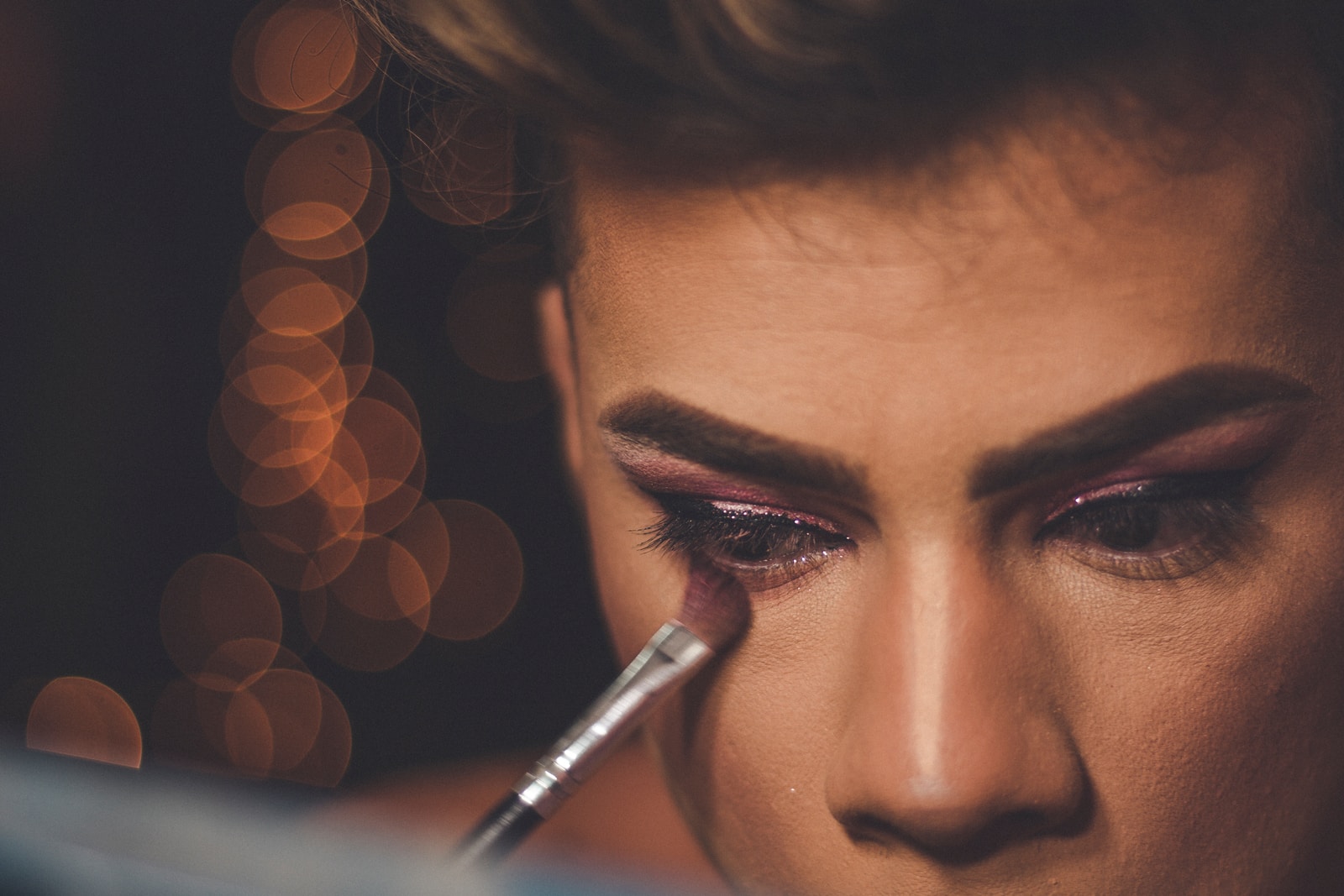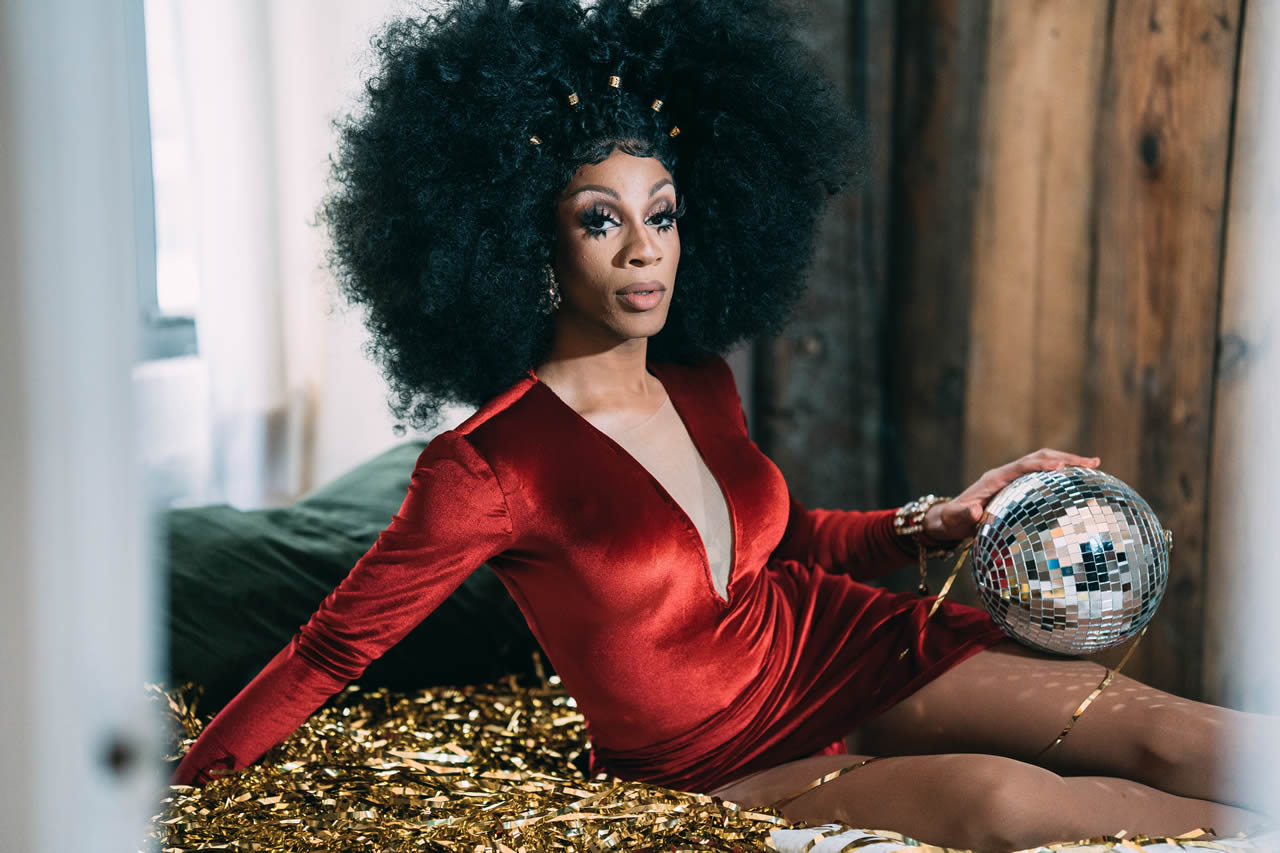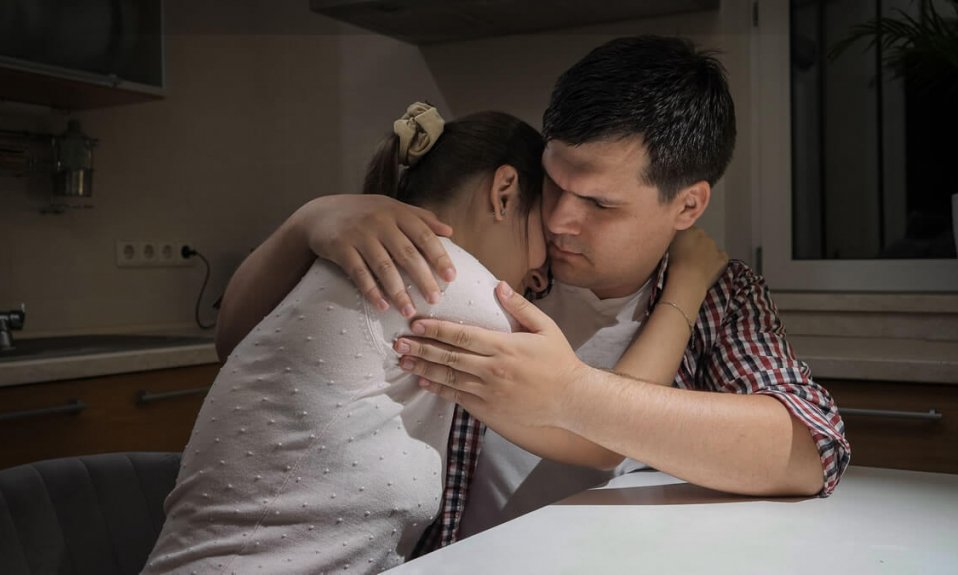Sexual orientation may differ from person to person. People do not only consist of male and female gender, but also exist in different orientations. In general, the fact that there are many male and female genders does not make LGBTQ+ people abnormal. Scientific research has proven this.
Victoria Milan has prepared the content of “Sexual Orientation Lesson” for you today. In this way, you will be able to learn what sexual orientations are and perhaps discover your own sexual orientation. Here is our “Sexual Orientation Lesson” content we have prepared for you!

What is Sexual Orientation?
Sexual orientation is the attraction of sexual feelings, desires and behaviors towards a certain gender. When the sexual orientation is to the opposite sex, it is called heterosexual, when it is towards the same sex, it is called homosexual, and when it is towards both sexes, it is called bisexuality.
The existence of different sexual orientations is a natural consequence of the diversity of human sexuality. None of these orientations is more natural, healthier, superior, more “normal” than the other. In each of them, it is possible for a person to develop a healthy personality structure, to have harmonious and satisfying interpersonal relationships, and to have deep sexual and emotional relationships.
Sexual orientation is not directly related to having male or female physical characteristics, that is, to biological sex characteristics, to having behaviors and appearance that are accepted as female or male by the society, that is, to gender characteristics. A person’s sexual orientation cannot be understood by observing from the outside, it can only be known by his/her own expression.
Sexual orientation is not just about sexual activity; Just as a man does not have to be in a sexual relationship with a woman to be called heterosexual, the mere fact that a woman has sexual fantasies about another woman or has sexual or emotional intimacy does not make that person homosexual. Sexual orientation can be understood by evaluating which gender one is attracted to and which should be evaluated multidimensionally.
What are the Types of Sexual Orientation?
Types of sexual orientation are divided into five different categories. These categories are:
Heterosexual: People who like and are attracted to the opposite sex are called “Heterosexuals”.
Homosexual: A person who is attracted to people of their own sex and who likes people of their own gender is called “Homosexual”.
Bisexual: People who like and are attracted to both genders are called “Bisexuals”.
Pansexual: People who are attracted to and like people of any gender identity are called “Pansexual”.
Asexual: People who are not sexually attracted to and dislike other people are called “Asexuals”.

How Does Sexual Orientation Occur?
Scientists say that homosexuality is not a choice; agrees that it is an inevitable and natural consequence of prenatal hormones, epigenetic effects and a series of biological factors that occur in the brain structure.
In other words, gender and sexual orientations begin to take shape in the womb of the mother before she is born. Although there is no clear consensus on how biology affects sexual orientation, there are many studies confirming the genetic factor.
In particular, the existence of genes that affect the development of male sexual orientation on chromosome “Xq28” is supported. Most scientists point out that it is unlikely that there is a single “LGBTQ gene” or “biological factor” that determines something as complex as sexual orientation. It is also stated that it is highly likely to be the result of the interaction of genetic, biological and environmental factors.
Does sexual orientation change? Can it be changed?
It is known that sexual orientation does not change in human life. However, human sexuality is multidimensional and many aspects of an individual’s sexuality may change over time. In this context, although the orientation does not change, it is possible that there are changes in desire, interest, thoughts and behaviors, which are the components of sexual orientation.
In societies where heterosexuality is accepted as the normal and only sexual orientation, individuals accept themselves as heterosexual during childhood and adolescence. Homosexual and bisexual individuals begin to realize their interest in their own sex with their spiritual and physical maturation.
This development does not occur in every individual at the same age. Most of those with a non-heterosexual orientation become confused because of the incompatibility with the heterosexual identity that has been developed up to that point, as the interest becomes evident. A period is entered in which the feelings of fear, anxiety, guilt and shame arising from the homophobic reactions and possible rejection of the environment are evident.
There is no change in the person’s orientation; With the awareness of the person’s homosexual or bisexual orientation, the development process of sexual orientation identity (opening up) has been entered. To the extent that personal development and interaction with the environment allow, a person can develop a holistic sexual orientation identity by getting help from mental health specialists when necessary.
The role of mental health professionals in this process is not to “make” the person gay, bisexual or heterosexual, but to make it easier for them to understand the difficulties they face, to cope with them, and to make it easier for them to accept themselves as they are.
It is to use the skills of self-defense in a rational way against homophobic (fear and hatred towards homosexuality and homosexuals) reactions and to confront the inappropriate use of mechanisms such as repression and denial. In this way, while completing the natural course of his development, it is to support him/her to acquire the usual skills required by his/her age.
Those with a sexual orientation other than heterosexuality may feel uneasy about these aspects in line with the prevailing standards of the society they live in, and may try to deny, name or suppress this situation in various ways.
Although these do not eliminate homosexuality and bisexuality, they can cause the opening process to be suspended. Even if he accepts his/her own orientation in later periods, he/she may choose to hide it from other people, including his/her closest people, due to concerns about homophobic reactions. In appropriate circumstances, he/she may choose to selectively share his orientation with those around him/her, to open up.
In this difficult process, the attempts of the environment or health professionals with a homophobic approach cannot change sexual orientation. It only supports its suppression or denial. Such attempts have no scientific validity and are unethical. No method or force can make a heterosexual homosexual or a homosexual heterosexual.

Are Different Sexual Orientations a Mental Illness or an Emotional Problem?
No! Psychologists, psychiatrists, and other health professionals agree that homosexuality is not a disease, mental disorder, or emotional problem. Unbiased research over 35 years has shown that there is no link between homosexual orientation and emotional or social problems.
In the past, community and mental illness professionals have advocated biased and unrealistic views about homosexuality, as information about homosexuality was obtained from lesbians and gays in therapy. When researchers evaluated information from lesbians and gays not in therapy, they realized that the view that homosexuality is a mental illness was wrong.
The American Psychiatric Association endorsed the importance of new research in 1973 by removing the term ‘homosexuality’ from the official handbook of all mental and mental illnesses. In 1975, the American Psychological Association passed a resolution supporting this change. Some people make a connection between homosexual orientation and mental illness and label them as sick.
These two associations force all mental health professionals to state that this is unrealistic. Since homosexuality is not classified as a mental disorder, this idea has been reinforced by the findings of new research by the two associations.
Conclusion About Sexual Orientation:
As we saw in our Sexual Orientation lesson, it is possible and natural for people to have different orientations. People do not choose different Sexual Orientations according to their own choices, and they may even be born with it.
We have proven this scientifically many times in our article, but we also need to mention this. Different Sexual Orientations are seen not only in humans but also in animals. In other words, this is true not only for humans, but also for all nature. As a result of proper research, you can find that there are many homosexual animals in nature.
So this situation is exactly nature itself and is not abnormal. If you are an LGBTQ+ person, you should not be ashamed of this situation and know that it is natural. And if you suffer from this condition and are depressed, you can seek professional support. In this way, you can learn how to deal with the problems that people create and you can love yourself more. Therefore, we recommend that you seek professional help.That’s it for now from the content of “Sexual Orientation Lesson” prepared by Victoria Milan! If you’re looking for more content like this, you can stay tuned to Victoria Milan’s blog. Also, if you are looking for a sex partner, Victoria Milan is for you! Victoria Milan provides you the best service with its millions of users and unique features. Also, registration at Victoria Milan is free! Come on, find the partner you are looking for easily with Victoria Milan! Click here to sign up for Victoria Milan!










